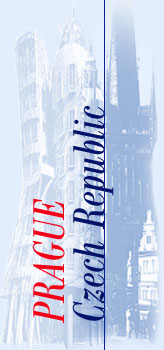RUDOLFINUM
The Neo-Renaissance building of Prague Rudolfinum has not yet been duly appreciated in the history of European architecture in spite of the fact that this building got ahead of others of the kind by almost a century as for its disposition design of a multi-purpose cultural centre.
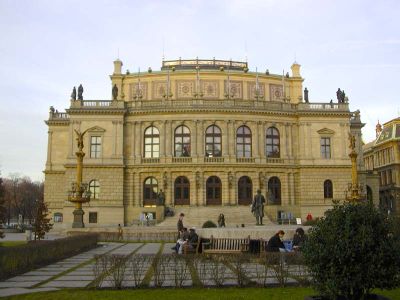
The "Na Rejdisti" plot - the present location of Rudolfinum, was originally used for commercial purposes. In the early seventies of the 19th century Ceska sporitelna (The Czech Savings Bank) bought the site and in 1874 the management decided to utilise it for building of the House of Artists at their own cost as a part of the celebrations of the 50th anniversary of its foundation. They invited to create a respectable residence for various kinds of art. In 1874 the Czech Savings Bank invited architects to participate in a public non-anonymous competition for the design of the building that was to house a concert hall and exhibition halls under one roof.
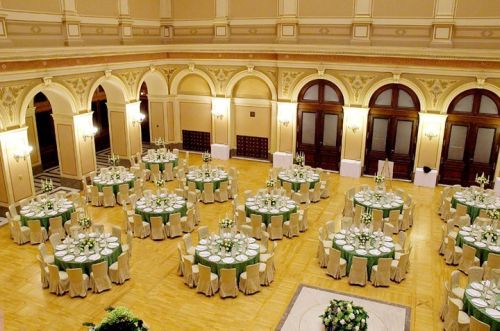
Afterwards the jury consisting of prominent European architects evaluated the eight entered proposals. The common design of the architects, Josef Zítek and Josef Schultz, rated highly, nevertheless the jury stated that no entered design complied with the competition rules. In spite of that the jury, in Gottfired Seper´s letter of recommendation addressed to the savings bank management, proposed that Zitek and Schulz´s project be chosen.
The letter stated that although their design did not strictly comply with the competition rules, the architects created an extraordinary building that ideally fulfilled all operational and artistic requirements. Present at the ceremonial opening on February 8, 1885 was also Rudolf, Austrian Prince Royal. In his honour the House of Artists was given the name of Rudolfinum.
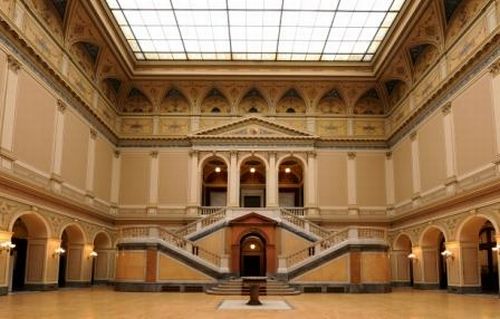
Since the building was put in operation, the Picture Gallery of the Society of Patriotic Friends of Art was permanently placed there. Their collections later became one of the founding component parts of the future National Gallery collections. The activities of the Czech Philharmonic Orchestra in Rudolfinum commenced in 1896. In 1918 Rudolfinum was chosen as the temporary seat of the Parliament of the Czechoslovak Republic. As of 1920 the Parliament resided there on a permanent basis. The part of the building that had housed the galleries faced most profound and radical reconstruction, involving construction and room plan as well as ceilings of the exhibition halls. Not event the concert hall was saved from profound changes as the organ was taken away and replaced with a parliamentary tribune. The concert hall underwent first partial restoration in the 40´s.
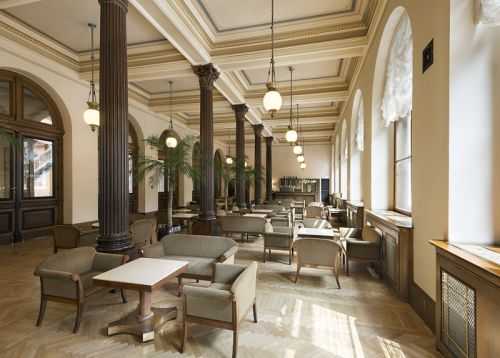
Since the end of World War II the Czech Philharmonic Orchestra has resided in Rudolfinum again. The Prague Conservatory and the Academy of Performing Arts though used the space of the former gallery. As late as in 1990-1992 the building was profoundly rebuilt and modernised. As a result, this precious monument has been restored to its original state and above all to its original purpose. It again serves the public for concerts and art exhibitions purposes.
|
Room |
Banquet |
Reception |
Theatre |
|
Dvorana |
250 |
500 |
300 |
|
Column Hall |
120 |
200 |
200 | |

